Come Visit My Hometown!
HSE staff members recommend places to visit in Perm, Kolomna, St Petersburg, Baku, Astrakhan, and Gyumri
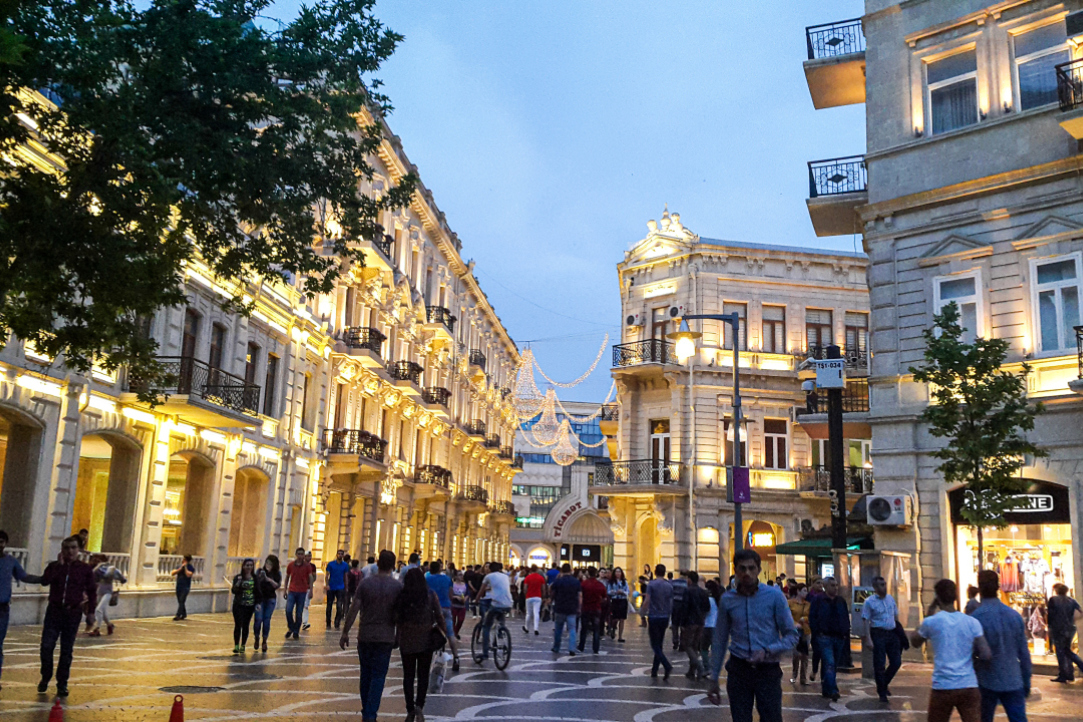
Summer is good for travelling across Russia and beyond, but winter also has a lot to offer. HSE staff members have given five recommendations each on what to visit in their hometowns.
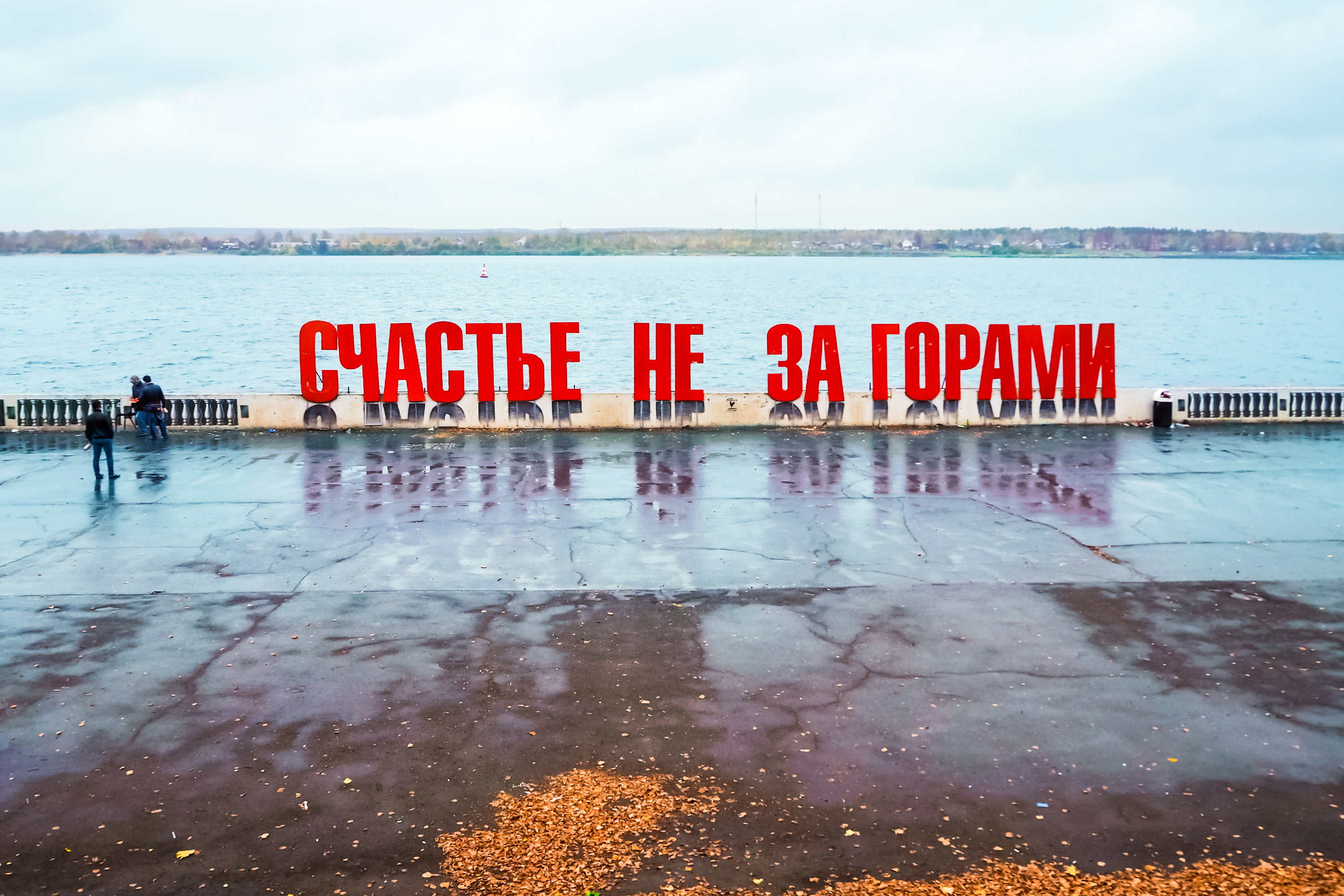
Perm
Ekaterina Shestakova, Associate Professor at the HSE Campus in Perm Faculty of Computer Science, Economics, and Social Sciences School of Management
I was born and live in Perm, and believe that spending a week or two here would be interesting to anyone. First, Perm is a live example of a metallurgical civilisation and a merchant city; second, it has an interesting landscape, where you are always going up or down a hill; and third, it has the Kama River with its impressive power and vastness.
I have chosen the Top 5 places for your trip.
Visit the Perm Art Gallery and see the Perm gods. They are a very unusual phenomenon! Wooden sculptures were a rare thing in central Russia, while here, they are part of the local culture. It’s good to visit one of the concerts held there. Music sounds enchanting in the hall, with its two-meter figures of St Nicholas and Jesus Christ. The hall is beneath the cupola of the former Cathedral of the Transfiguration of the Saviour. The acoustics are incredible there and you are surrounded by the wooden faces of Komi-Permyaks, Tatars, and Bashkirs—it is unforgettable.
Visit an event at Shpagin Plant. It is a great example of revitalised industrial heritage. This is where the renowned Egoshikha Copper Plant was built in 1723. It later became the Shpagin Plant and today, it is a sociocultural space, a kind of a heart of Perm which has spurred urban development. The atmosphere is very creative there: it hosts lots of markets, ‘sweet weekends’, and food festivals.
Our famous ‘Schastie ne za gorami’ words (literally, ‘Happiness is not beyond the mountains’, which means ‘happiness is not far away’). This slogan has become widely popular: I have seen it in movies and I have also seen the slogan ‘Happiness is in the mountains’ in the same font at mountain resorts, which means that this project has been very successful. Once, some artists gave a performance here, replacing the word ‘happiness’ with the word ‘death’, and there was a public wave of revolt—return our happiness! This means that the performance was successful in its own way; people had another chance to feel that you only need to look at the words and you feel good. You remember that you have a vacation soon, or something else, but no matter what, good things lie ahead.
If you walk from this slogan further along Monastyrskaya and Sibirskaya Ulitsa, check out the picturesque merchant mansions along the way and stop near our theatre. Of course, during the winter season everyone wants to see The Nutcracker. And while tickets are expensive and have to be bought in advance, it is totally worth it: the performance is very colourful, with innovative parts and exuberant costumes. In addition, the ‘Theatre’ theatre stages great musicals. Scarlet Sails, for example, is spectacular and uplifting.
Try the famous posekunchiki and other local treats! On the same Sibirskaya Ulitsa, next to the theatres, there is a Komi-Permyak cuisine restaurant, Choskyt Kerku, with a souvenir shop, Kampo. It offers posekunchiki (small pies) with different fillings, as well as other Komi-Permyak dishes, which are delicious. One of the local treats is Perm chocolates. We love them and they are worth trying. There are some interesting souvenir shops with thrilling stories. For example, you can buy soap with salt from Perm. Salt is one of Perm’s staples. There is a saying—‘a Permian with salted ears’—that comes from loaders who used to carry heavy bags of salt on their shoulders, which made their ears ‘salted’. Buying plain salt today is not interesting, but soap is a good souvenir. There is also the renowned Perm Animal Style: you can buy accessories and jewellery in the form of birds, bears, moose etc.
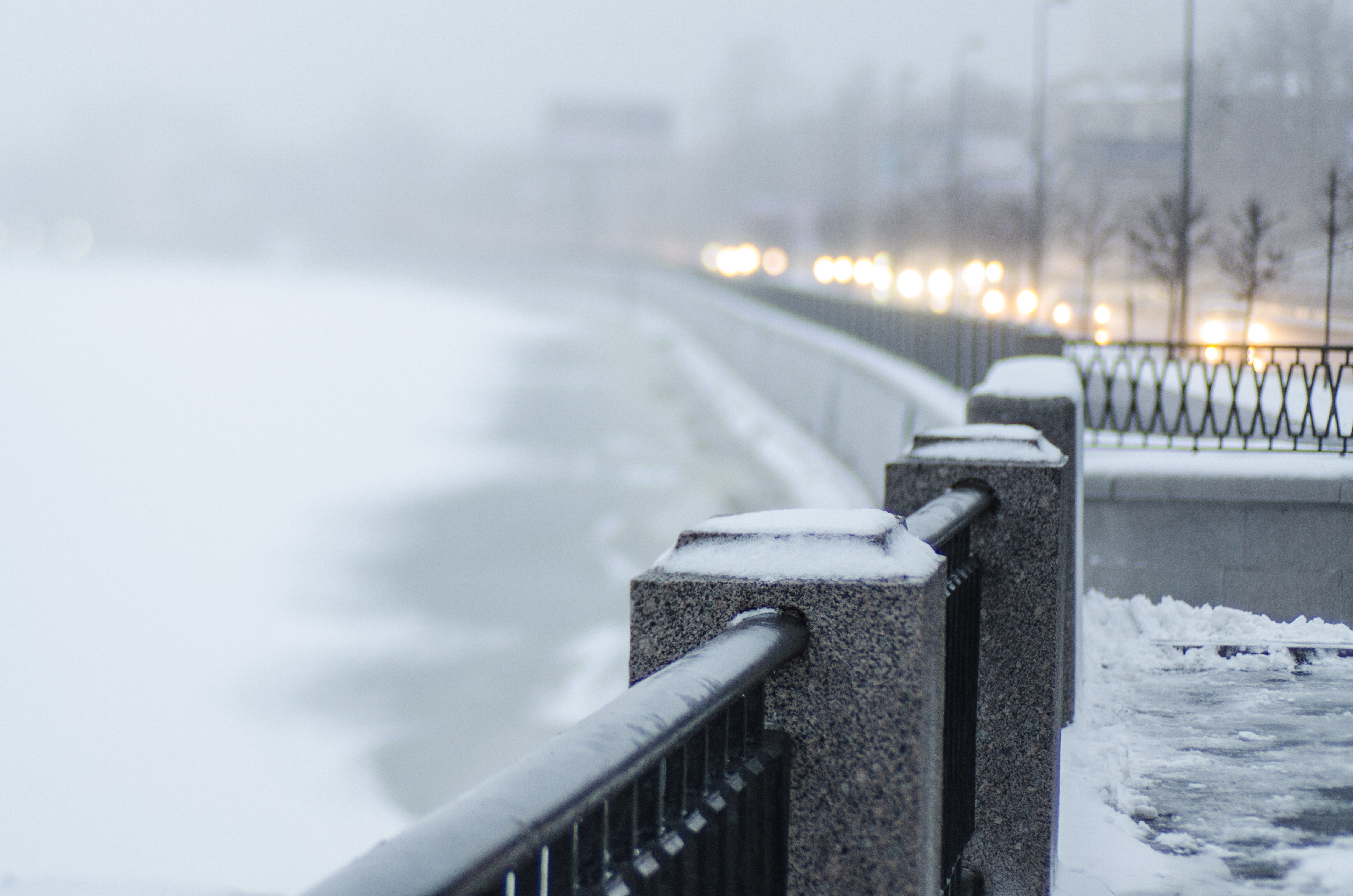
St Petersburg
Daniil Alexandrov, Professor at the St Petersburg School of Social Sciences and Area Studies
I love many things about my city, but for winter walks, I came up with five routes which are particularly good during this time.
Let’s start with a very St Pete’s-style walk, a short but really central one. Start out on Nevsky, near Gostiny Dvor, where the lights of the City Duma tower shine. On the corner near Ploshad Isskustv, turn to the Russian Museum and enjoy the view of it, which is incredible in any season, as well as the view of the Pushkin Monument. Walk past the Ethnography Museum or Italianskaya Ulitsa to Sadovaya Ulitsa and turn left, to Engineers’ Castle and the marvellous Mikhailovsky Park, which is behind the Russian Museum. There begins the Moyka River, which flows to the Field of Mars and Alexandrovskiy Garden, where all the trees are currently covered with lamps to form a festive path. Then, you can turn near the Church of the Saviour on Spilled Blood Cathedral to Bolshaya Konyushennaya Ulitsa. And from there, find an entrance to the internal pass-through courtyard of the Capella. Pass-through courtyards are very typical for St Petersburg, but many of them are closed today. However, the Capella courtyard is open, and you can pass it through to reach courtyards with a gate that leads to the Field of Mars. Go there and finish your route near the Alexander Column and the Winter Palace. An important addition: on your way, be it Sadovaya, Italianskaya or Bolshaya Konyushennaya, you’ll find many nice cafes where you can take a break from the dank and cold city, drink some coffee and have a snack. All these places are worth checking out for a while, and one advantage of our city is that it offers plenty of small places to suit various budgets, tastes, and even moods.
Another beautiful St Petersburg district very close to my heart is Kolomna. It is renowned thanks to Pushkin’s ‘The Little House in Kolomna’, but there are many other nice things about it; it is calm and without fuss. You can walk to Kolomna alongside Griboedov Canal from Nevsky Prospekt. But if the weather is damp, you can just walk around Kolomna, starting from the intersection of Griboedov Canal and Kryukov Canal. By the way, there is an HSE University building nearby, on 123 Griboedov Canal Embankment. Also nearby is Nikolsky Cathedral, surrounded by a nice garden. You should check it out. Follow Kryukov Canal to the Mariinsky Theatre, pass towards the Moyka and reach the place called New Holland. This is an island with huge red-brick buildings in which timber for ships used to be stored and dried. Later, there was a naval warehouse there. Today, it is a beautiful place of interest. In winter, there is a skating rink, and a round building called ‘The Bottle’ hosts a lot of nice cafes and bars where you can eat and drink in a joyful crowd.
Some other routes that I highly recommend are the streets on the Petrogradskaya Side. One of the reasons for this is that if you like architecture, you will be impressed by the Nordic Art Nouveau buildings that line the whole of Kamennoostrovsky Prospekt. There are a lot of Art Nouveau buildings on side streets as well, but their décor is simpler. I recommend walking along Kamennoostrovsky to the north and then turning right towards the Botanical Garden and having a walk there. Of course, the Botanical Garden is best in summer: in winter, its flowers are covered with snow, and the beautiful red maple trees that have been collected from all over the globe are bare. But there is the Karpovka River with a nice new space with benches, walking paths, and a sad angel sitting on a bench—a monument to doctors who died in the COVID pandemic. On your way back, check out some of the great places to get warm and grab a snack on Aptekarsky Prospekt and its side streets.
The next place I recommend is probably only for those who haven’t seen it—it is worth admiring once, but a second time is not needed. It is a bit far from downtown, but it is worth visiting. I’m talking about Smolny Cathedral (not to be confused with the Smolny Institute, which was the nest of Bolsheviks and now hosts the St Petersburg Mayor’s Office). The Cathedral is near the Institute, and it is an outstanding work by the architect Rastrelli, a paragon of his and the Baroque style. It is probably the most beautiful place in St Petersburg in terms of architecture.
Another special point, and a poem in its own way, is food in St Petersburg. It can be very expensive and very interesting, such as the Birch restaurant near Transfiguration Cathedral, where you have to book a table in advance. On the other side of the cathedral, there is Mr Bo, which is simpler, but booking is also essential. Or there’s Duo Gastropub… Long story short, restaurants in St Petersburg are a special story—don’t miss out.
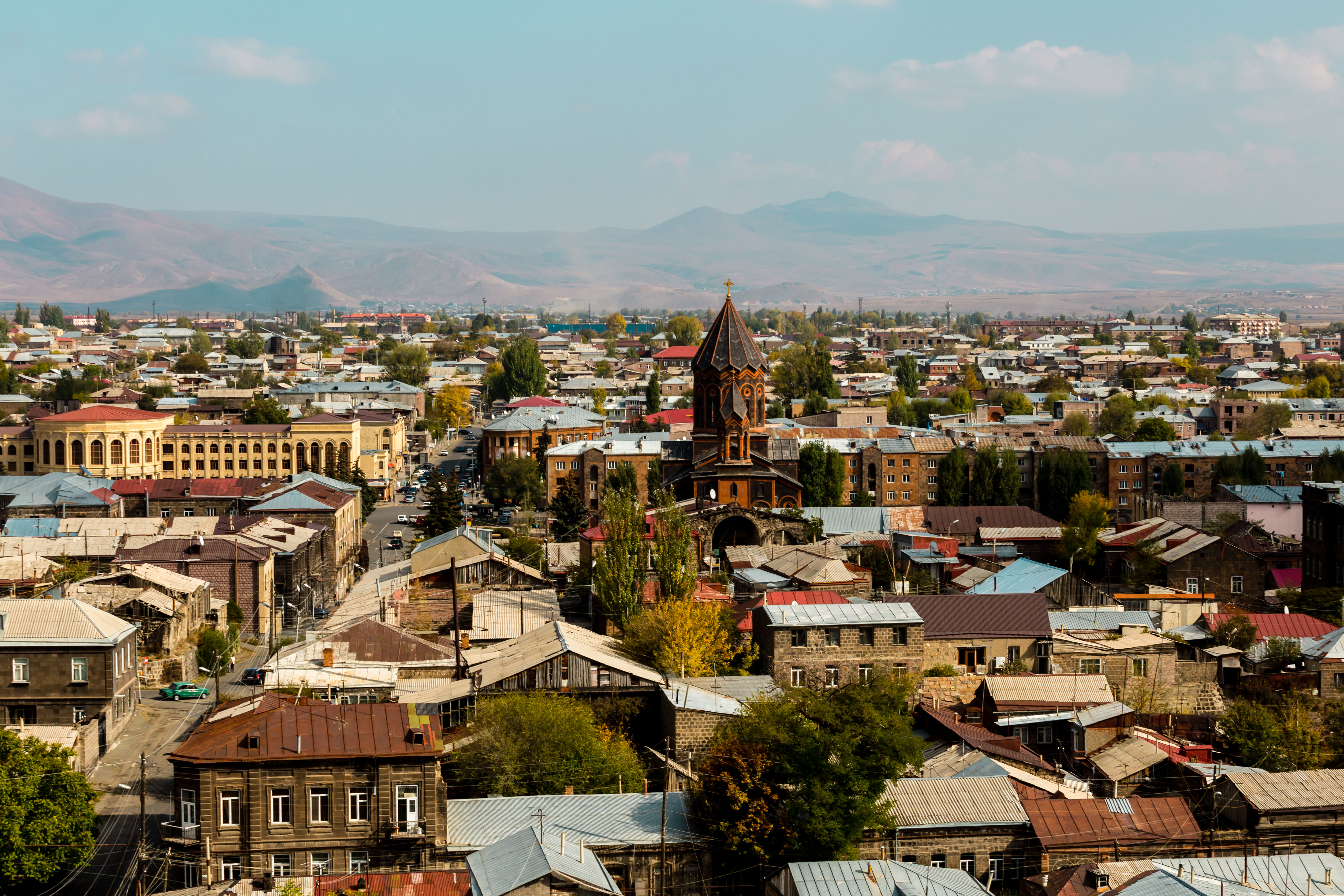
Gyumri
Lena Vardanyan, Editor at the Office for Digital Media and Promotion, Internal Communications Unit
My hometown of Gyumri is an ancient town in Armenia. That’s why my basic recommendation is walk, walk, walk. It has been thoroughly restored over the last few years, and even for domestic tourists, it has become one of the most attractive destinations. Gyumri is charming, cosy, and convenient: the service is very good and the people are friendly. Here are a few of the places that I believe are a must-see:
Aslamazyan Museum, the city’s main gallery of the best Armenian artists, the sisters Mariam and Eranuhi Aslamazyan.
Varem-Marem, a creative pottery workshop across the street from a landmark historical building with a balcony, which appeared in the film The Tango of Our Childhood. They offer pottery classes with a throwing wheel, as well as workshops on making miniature plaster copies of historic Gyumri doors.
The TUMO Centre of Creative Technologies near Varem-Marem is located in the building of the first theatre in Armenia, which has been carefully restored and renovated.
In the same part of the city, there is a district called Slobodka: it was built during Russian Imperial times, when the city was called Alexandropol. It is good for a long walk, with many examples of beautiful old doors and architecture.
Restaurants. Make sure you try the donuts at Ponchik-Monchik (a chain of cafés) and go to Cherkezi Dzor—it’s the most beautiful and delicious fish restaurant.
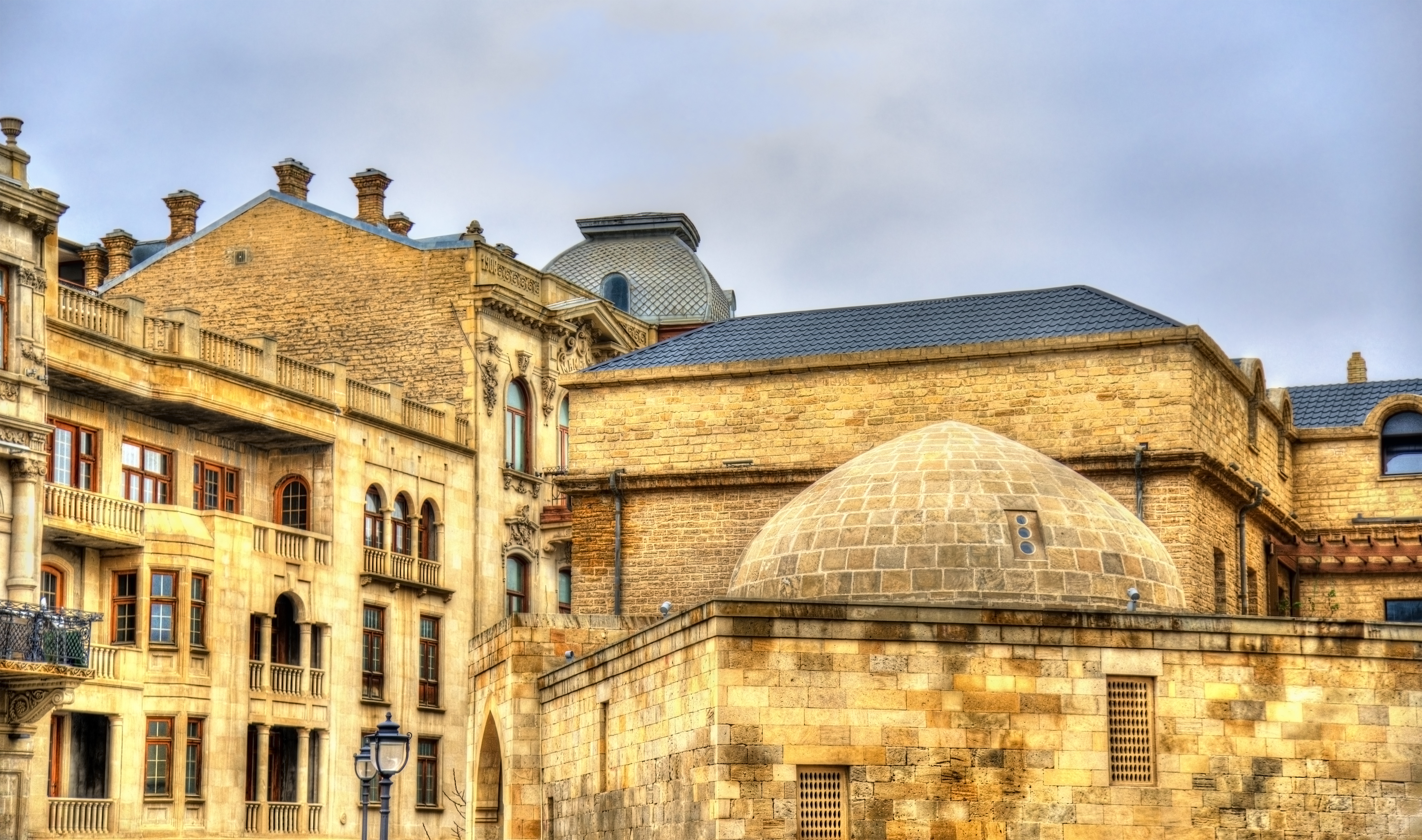
Baku
Fuad Aleskerov, Professor at the Faculty of Economic Sciences
Baku, the capital city of Azerbaijan, is one of the most beautiful cities in the Caucasus.
I left Baku when I was 18, but for me, it will always remain the city where the level of human communication was the highest and you are always surrounded by decent, smart people. Intelligence, generosity, an interest in how you live and what you do, and the most exquisite cultural talks—this is Baku for me.
Baku is blooming, becoming more and more beautiful. Unfortunately, I don’t visit often, but every time I go there, I notice some wonderful changes for the better.
There is a lot of work underway to preserve architectural monuments, to transform old and not very interesting buildings from the Khruschev era into something nice.
Baku is worth visiting for at least five or six days or more, because it has a lot of places to see and they are a bit scattered around the city.
The first place to see is, of course, Baku Boulevard: walk around it, watch the city from it, watch the sea, and visit the so-called ‘Baku Venice’—a small part of the boulevard with canals.
There are a few museums on the boulevard, but we’ll get to that.
It is also a must to walk further along the boulevard to the cable car, take it up, and enjoy the Baku panorama. At the end of the boulevard are the Chess Museum and the Ship Museum, which are worth visiting. In the middle of the boulevard, there is the huge Carpet Museum with very interesting excursions.
The Fortress is also a must-see. Dating back to the 12th century, it is the oldest part of the city.
In the Fortress, visit the Maiden Tower. There is a beautiful legend related to this tower about a girl and her sweetheart.
There is also the Shirvanshahs' Palace, which is a museum today.
The Fortress is full of narrow streets—stroll around them, feel the atmosphere of the old city.
There are also some interesting art galleries where you can buy pictures by remarkable contemporary artists. The Fortress also boasts a huge number of small restaurants with delicious cuisine and nice interiors.
It’s interesting to walk around the Fountains Square, along Istiglaliyyat (Independence) Street. They are in the very centre of the city: walk past the Baku City Executive Power, along the outside of the Fortress walls. I also highly recommend walking the renowned pedestrian street in the downtown named after the great 12th-century poet Nizami.
You should also walk around the downtown district that mostly developed during the 19th and early 20th centuries. The buildings are beautiful.
Now, a bit more about museums. Of course, make sure you visit the National Museum of History of Azerbaijan, the Museum of Modern Art, and the Azerbaijan State Museum of Art. There is also the unique Museum of Miniature Books in the Fortress.
I would also recommend going to the Zoroastrianism Fire Temple. This is a place where natural gas burns in open air. In the Middle Ages, this was one of the main shrines of fire-worshippers.
If you visit Baku in summer, don’t miss the opportunity to go to the beach and swim in the Caspian Sea.
Speaking about evenings, I would definitely recommend planning theatre visits in advance. Go to the Opera and Ballet Theatre, the Russian Drama Theatre, and the very special Puppet Theatre.
There are very interesting concerts, the Baku Philharmonic Hall and the Conservatory. A long time ago, all outstanding Soviet musicians used to come to Baku with their new programmes, and I used to attend the Philharmonic Hall a lot as a child.
Have a good trip!
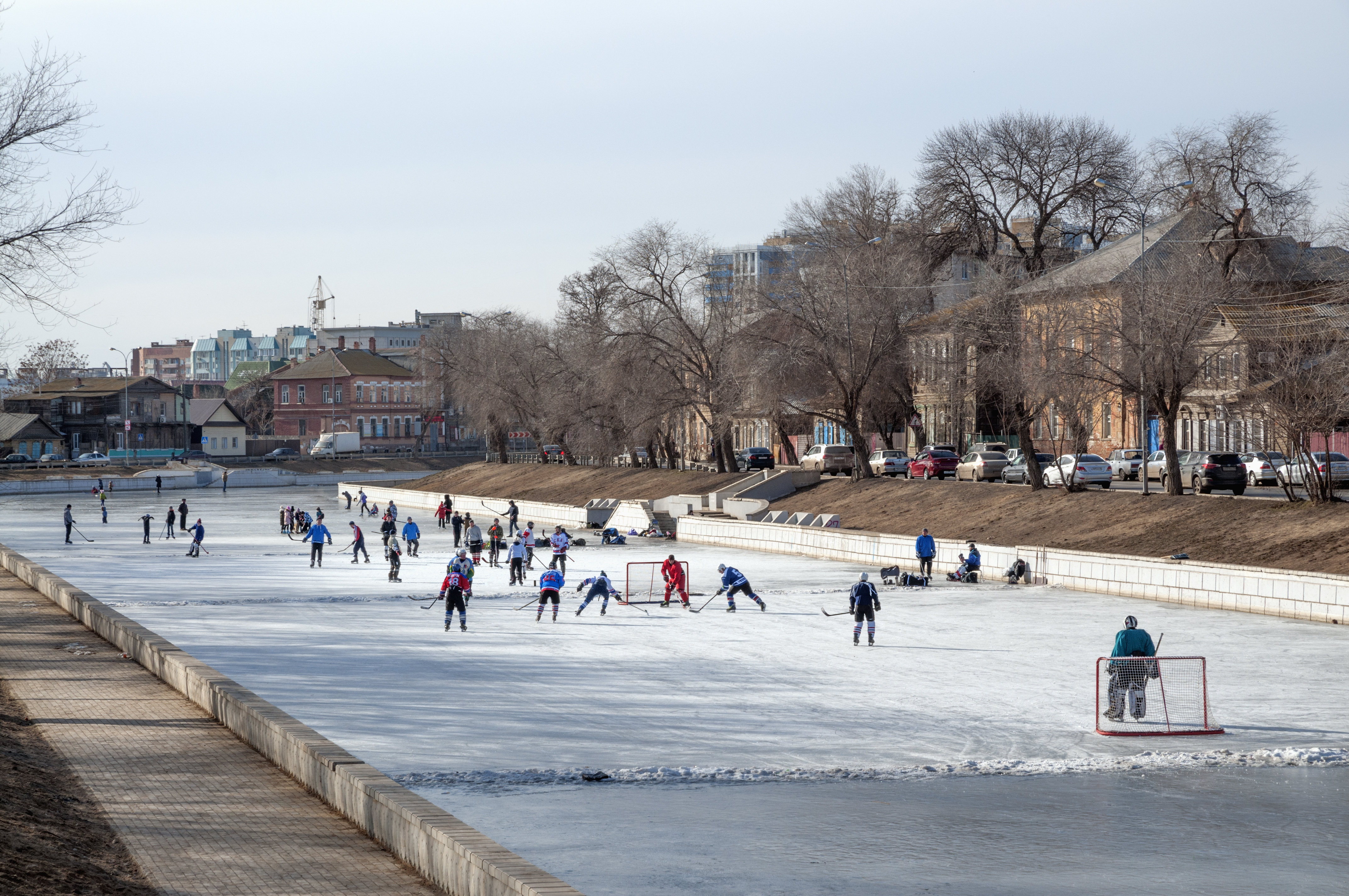
Astrakhan
Anna Reznikova, Head of the Internal Communications Unit
I was born and grew up in Astrakhan, and though I rarely visit my hometown, I still have a nostalgic love for it.
Astrakhan is relatively far from Central Russia and isn’t very popular among tourists. But I believe that’s unfair—the city is very special in its own way.
Of course, the best time to come is the end of August: the summer heat subsides, lotuses bloom in the Volga delta, and you can enjoy the local nature. But there are many things you can do here in winter too.
Below are my recommendations on what to do in Astrakhan if you come here in winter.
Walk around the City
It’s as simple as that. Russia has a lot of ancient towns, but Astrakhan is a special one. It is a multinational merchant city which used to be located on the crossroads of trade routes.
The main tourist destinations are, of course, the 16th-century Kremlin and the Krasnaya (Red) Embankment, which was renovated a couple of years ago.
But I spent my best years in the city strolling around the small, old, shabby streets, sneaking in the inner yards of century-old houses where ordinary people still live. My favourite places are Persidskoye Podvorye (Persian Mission), the wooden Merchant Tetyushinov House, and the First of May Embankment with its authentic 19th-century mansions.
Before the walk, make sure you have warm clothes on: while the temperature in Astrakhan rarely falls below -5˚C, the strong steppe wind may freeze you to your bones.
It’s hard to take long walks around Astrakhan in winter; that’s why museums may become your shelter. I recommend the House-Museum of Velimir Khlebnikov, a writer who was born in Astrakhan region, and the city history museum, which is located in a small house that once belonged to the Ulyanovs (the family of Vladimir Lenin). Astrakhan also boasts a good Art Gallery, which is based on a collection gathered by the merchant Pavel Dogadin in the early 20th century.
Visit a real Bazaar
Tourists usually visit the Selenskie Isady fish market, but the locals go shopping at Bolshie Isady. It is a huge market located only a couple of hundred meters from the Kremlin. You can find anything there, from Chinese goods and fruits and vegetables from the surrounding villages to hot bread. Even if you aren’t looking to buy anything, visiting a real eastern bazaar and the surrounding district is an interesting experience.
Go Skating
Sledding and skiing are unlikely winter activities for Astrakhan locals, but every family is still optimistic enough to have a sledge in storage. But ice skating is available almost every year! A traditional skating location is the shallow Swan Lake in the city centre near the Kremlin, as well as the skating rinks on Varvatsi Canal and Kutum River, which usually freeze as early as December.
Eat!
Traditional Astrakhan staples are fish and watermelons. There are no watermelons in winter, but there are fish restaurants with local cuisine! The most popular are Beluga and Schuka. European cuisine is available at the Sharlau cafeteria, Astrakhan’s oldest café, which was founded in the end of the 19th century.
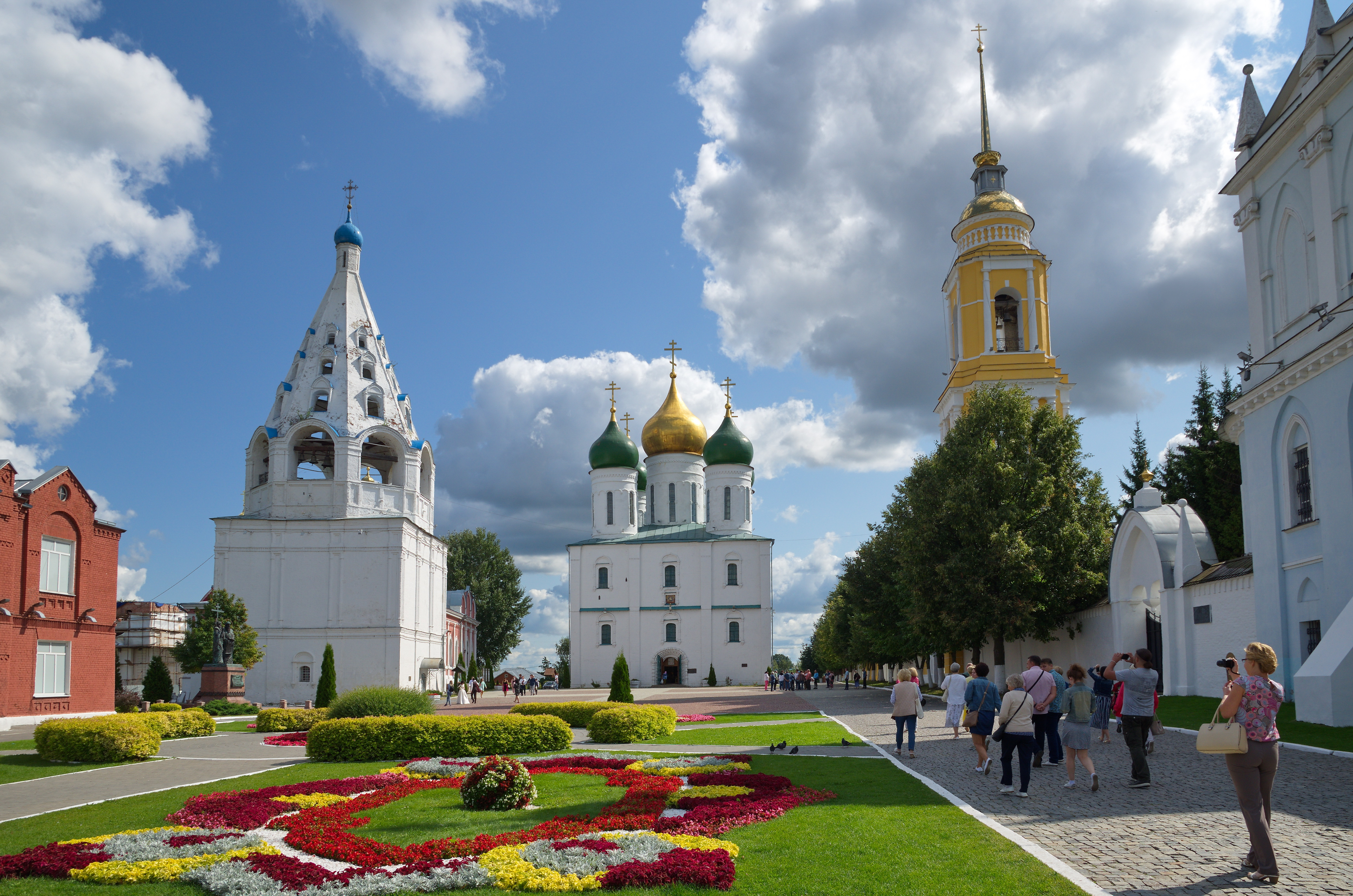
Kolomna
Alyona Manuzina, Editor at the Faculty of Economic Sciences PR Unit
Kolomna is traditionally associated with its Kremlin, churches, pastila (apple marshmallow), Dmitry Donskoy, and modern Ice-Skating Palace. I lived in Kolomna for 17 years, and I still love walking around the old town when I visit. I love to see how history is intertwined with modernity here: ordinary people live in the Kremlin, and some of them have ancient tower walls as part of their garden fence. When I was a kid, the historic downtown looked much more abandoned. Fortunately, now it is being taken care of, and it hasn’t spoiled anything.
If you come for one day, take an excursion around the Old Town and the Kremlin (watch your step on the stairs!). You can also walk on your own, admiring the carved wooden windows and fences, churches, cosy little houses, and grand-looking cats. In this case, you can walk not only in the Kremlin and its surroundings: the whole city centre north and west of the tram line has preserved its atmosphere. Lots of small museums have opened here over the last few years, but you should check their opening hours in advance. You can also look for the Bottle Angel, the Water Carrier Monument, and the house that poet Anna Akhmatova used to visit. I highly recommend skating in the Ice Palace for those who are into active leisure—the ice is perfect there.
If you are up for longer walks, take a stroll to Bobrenev Monastery (go down from Pyatnitsky Gate and cross the bridge and the field) or to John the Baptist Church (from Marinkina Tower on the bridge and to the left to Gorodischi). The church in Gorodischi is one of the oldest in Moscow Region. I recommend looking at the cupolas and the stonework and trying to find a carving with a mysterious animal (try to guess what it was). The road to the monastery has recently been renovated, and now it offers an unusual view of the Old Town. As you walk, you can imagine this place as it was more than a hundred years ago, when there was a huge flood: ‘In Kolomna, at the junction of the Moskva and Oka rivers, the water rose so high that steamships moved freely across fields, without touching the ground. There were places where the water met the horizon. And in the middle of the water, two monasteries, like two unapproachable oases, reflected in the water.’
If you are lucky to be in Kolomna on a sunny day, you can watch the sunset on the embankment in Kolychev. It’s not a popular tourist destination, but the high bank offers a beautiful view of the endless fields over the river. By the way, if you come here with kids, the best snow slopes are in Kolychev, between School No. 15 and the kindergarten. You can also rent inflatable sledges and buy hot tea there.
For those who want to see not just the postcard side of the town, but real life, I recommend taking a tram—for example, route No. 10, which goes from Kolomna train station to Kolychev, then travel back by tram No. 4, which will take you to the train station the other way round.
If you have more than two days for the trip, the towns of Zaraysk or Ryazan are worth visiting after Kolomna. Zaraysk has a very cosy small Kremlin, quiet streets, and a view of the river from the city centre. Ryazan, on the contrary, is bigger and noisier than Kolomna, but it also boasts some pretty houses and streets, not to mention the Kremlin cathedrals and the ramparts that are worth walking around.
Photos by iStock

